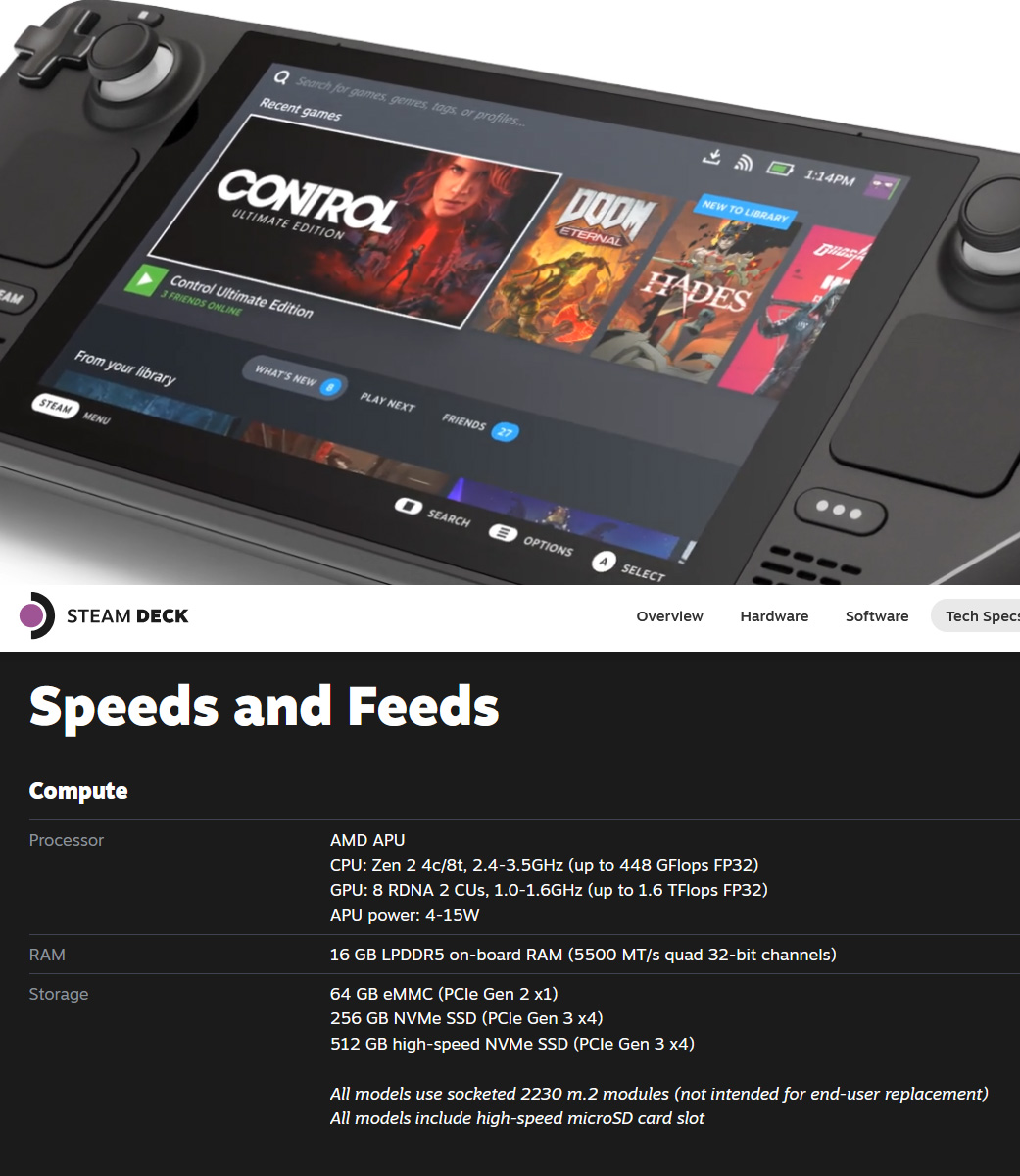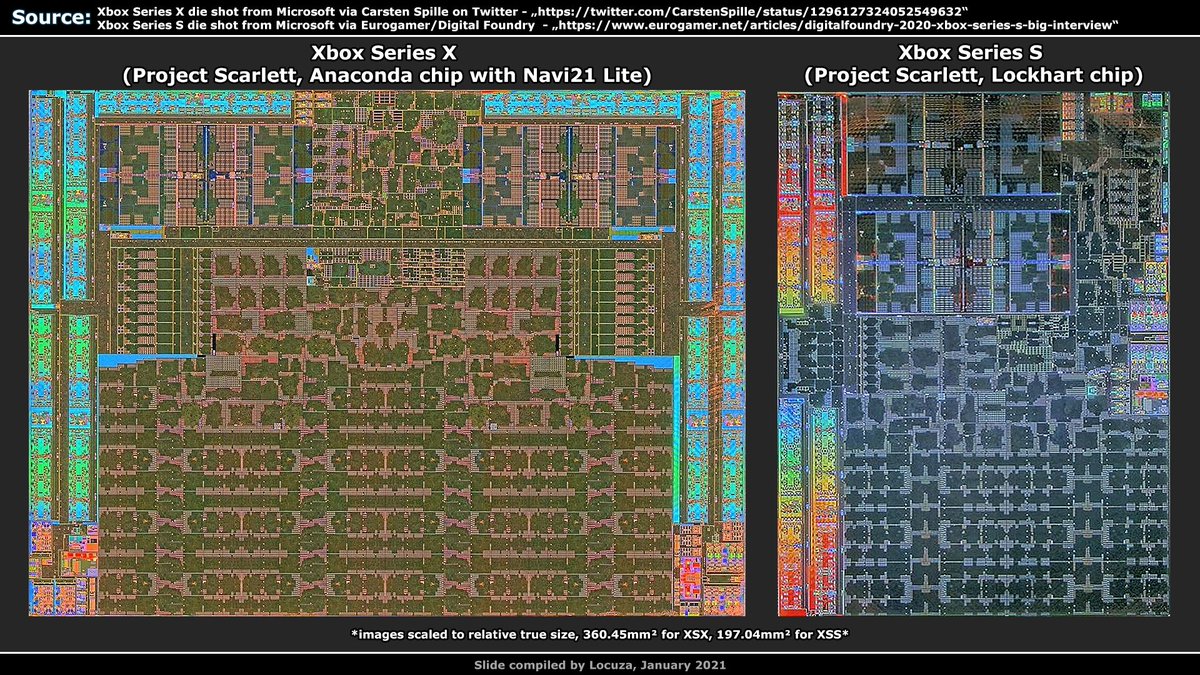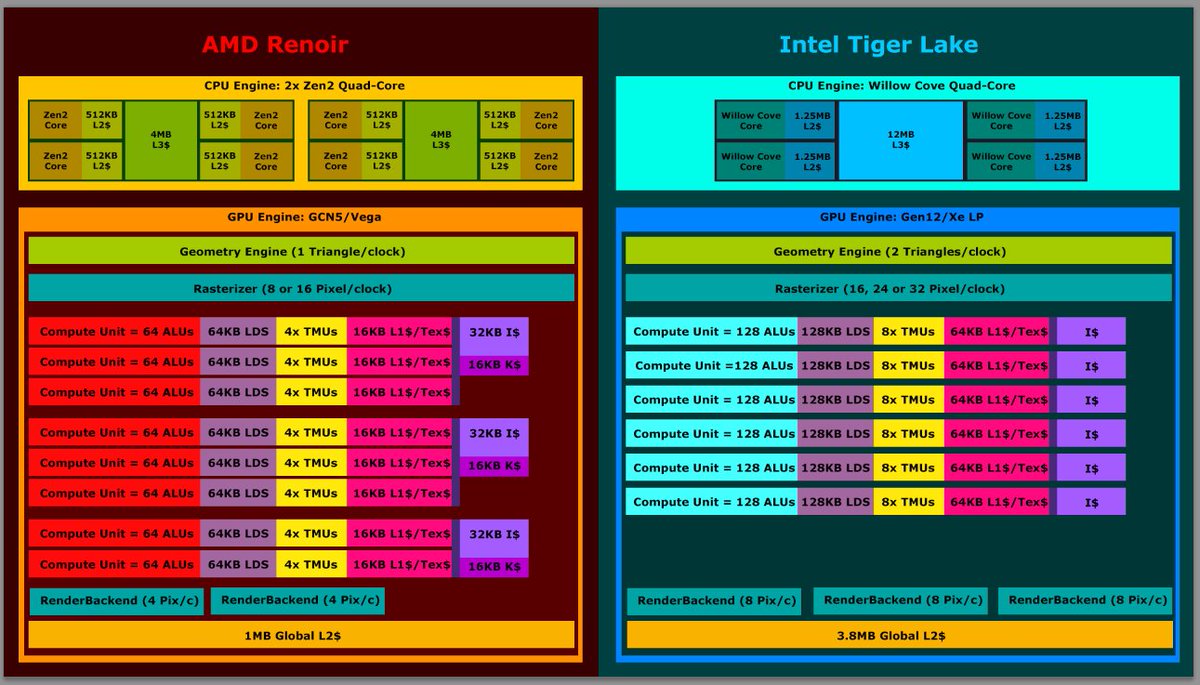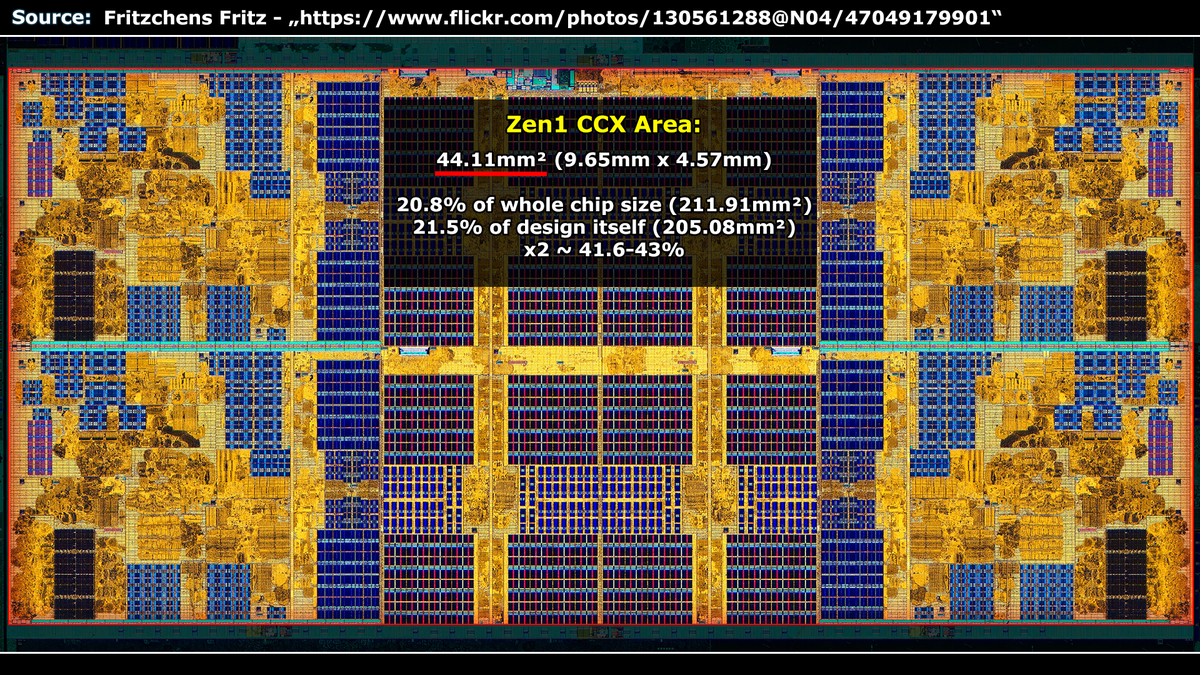
Well, @FritzchensFritz got hands on a PS5 again and did some awesome die shots!
Vanilla Zen2:
flickr.com/photos/1305612…
PS5 CPU Core:
flickr.com/photos/1305612…
The custom Zen2 CPU for Sony is only modified on the FPU side, digital logic and everything else looks identical.
1/x

Vanilla Zen2:
flickr.com/photos/1305612…
PS5 CPU Core:
flickr.com/photos/1305612…
The custom Zen2 CPU for Sony is only modified on the FPU side, digital logic and everything else looks identical.
1/x


The custom FPU is now quite a bit shorter, aligning with the µcode ROM block.
Overall core size goes down from ~2.82mm² to ~2.50mm².
Vanilla Zen2 is ~13% larger, respectively the PS5 core is ~11% smaller.
Overall core size goes down from ~2.82mm² to ~2.50mm².
Vanilla Zen2 is ~13% larger, respectively the PS5 core is ~11% smaller.
The FPU register file got some cuts, optically it looks about 1/4 smaller than on vanilla Zen2.
So instead of 160x 256-Bit regs it could be about 120x 256-Bit regs in total.
In terms of digital logic, I would direct to a previous "analysis":
So instead of 160x 256-Bit regs it could be about 120x 256-Bit regs in total.
In terms of digital logic, I would direct to a previous "analysis":
https://twitter.com/Locuza_/status/1364223239782735884
Nachschlag auf gut Deutsch:
Zen2 Vanilla FPU = 0.773mm² (~56% larger vs. PS5)
Zen2 Custom FPU = 0.497mm² (~36% smaller)
As stated above, FP-Scheduler and Execution Logic 1&2 are likely the same, but Execution Logic 3&4 appear to have some cuts.

Zen2 Vanilla FPU = 0.773mm² (~56% larger vs. PS5)
Zen2 Custom FPU = 0.497mm² (~36% smaller)
As stated above, FP-Scheduler and Execution Logic 1&2 are likely the same, but Execution Logic 3&4 appear to have some cuts.


• • •
Missing some Tweet in this thread? You can try to
force a refresh




















